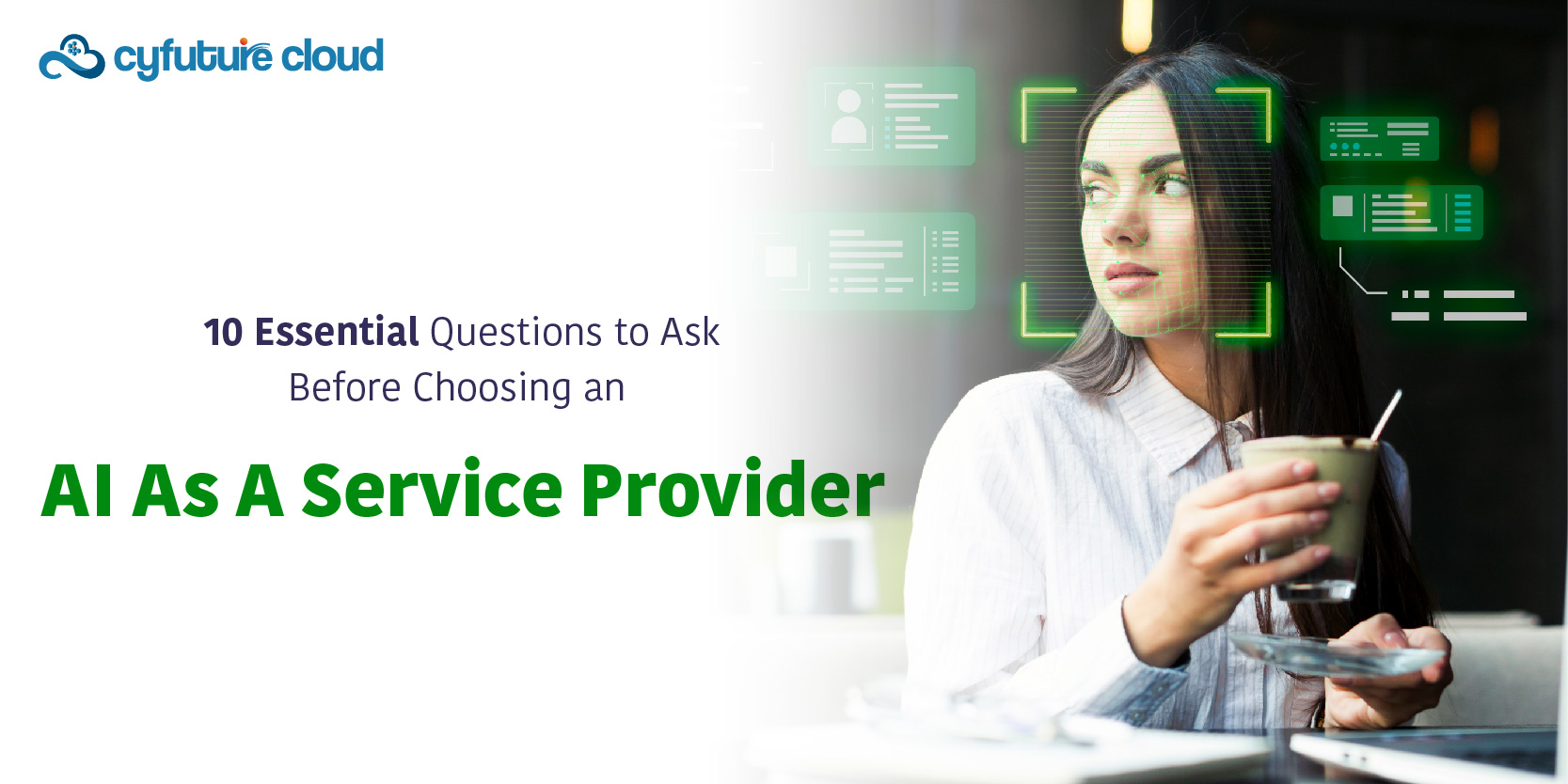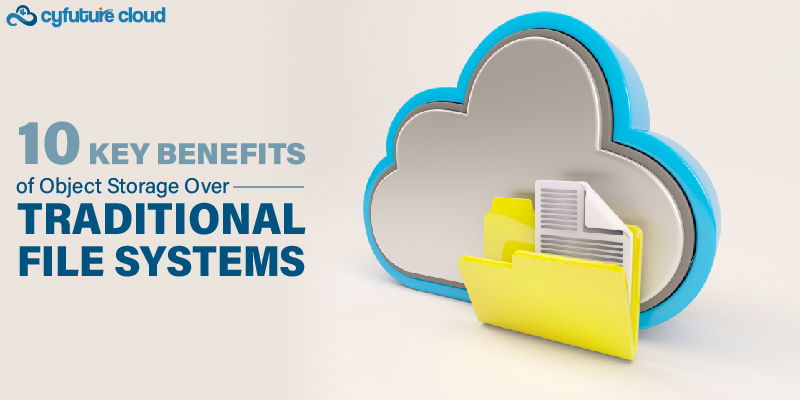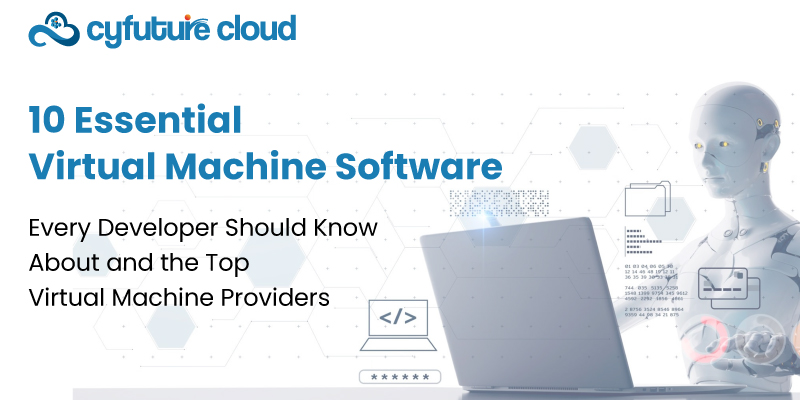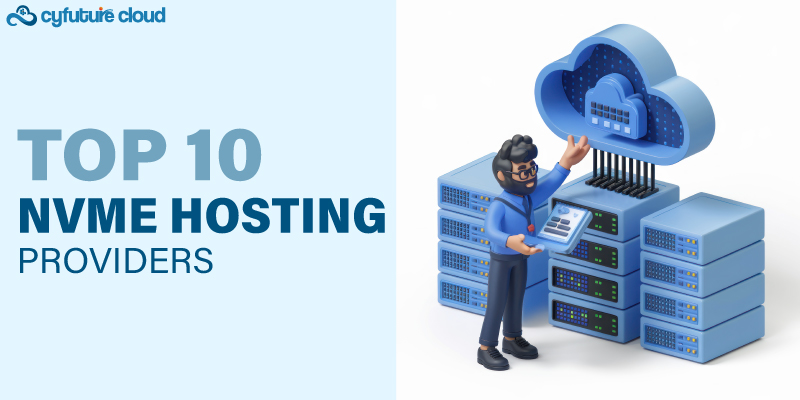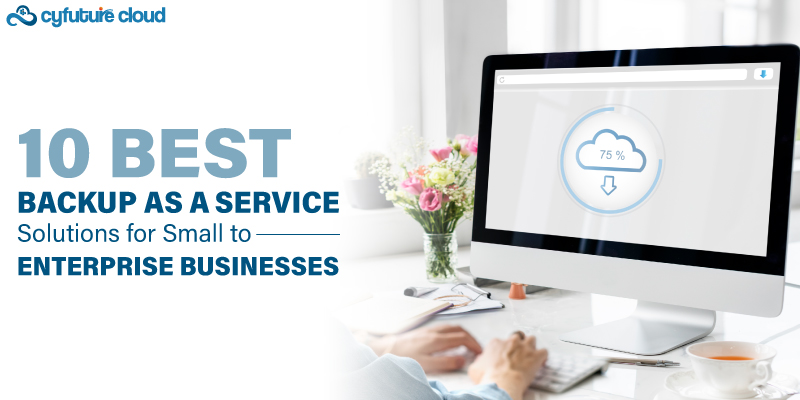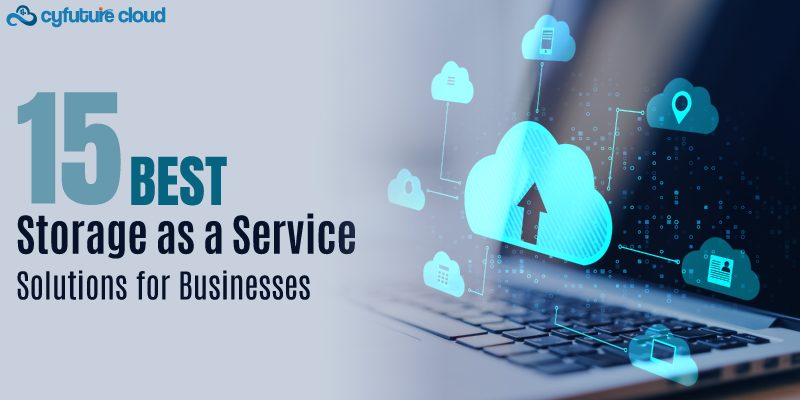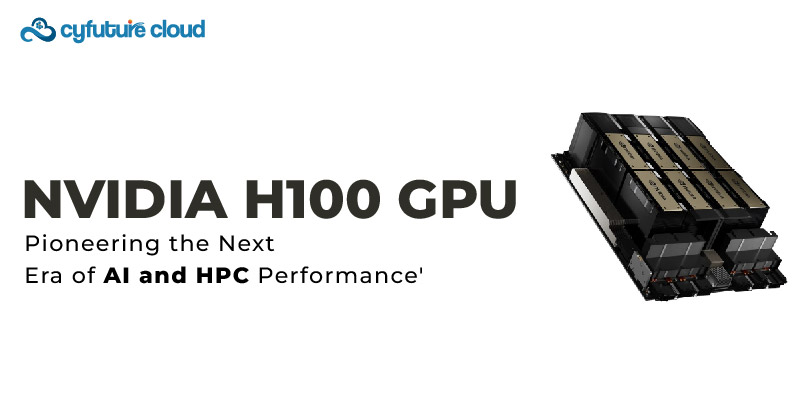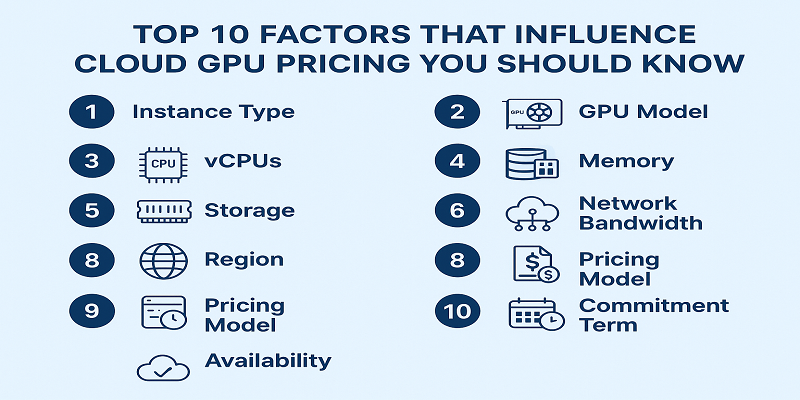For cloud-based systems, cloud security is quite critical and it requires strong administration. There could be different kinds of technologies playing in a single cloud computing environment. We need to process and practice a variety of activities for successfully running a cloud-based infrastructure. Especially, when it comes to cloud security, we need to supervise many cybersecurity threats such as unauthorized access, and data breaches.
Prudent Security Measures for Maintaining Cloud Security
Identity and Access Management (IAM)
There is a set of processes we call Identity and Access Management (IAM), and it involves different technologies for effective management and control over user accessibility of cloud resources. We need to run processes like authentication, authorization, and access control mechanisms to ascertain cloud resources are not in any condition getting compromised by malfeasance entities.
Data Encryption
Now we all know what encryption means. Encryption is a process of converting something tangible as meaningful data into an unreadable, unrecognizable, or random set of datatypes. It remains in a coded format to make sure it remains of no use if some authorized entity tries to access it. Cloud security protocols must include data encryption extensively and dynamically regularly for an extra line of security.
Network Security
The third important segment in cloud security is network security. With data, we perform two activities mainly – we are storing data or access it. During data access, the data travels through a medium over the network. So, during the data transition, data is vulnerable to network attacks so we take protective measures like installing firewalls, intrusion detection, and prevention protocols, and even setting up VPNs.
Security Monitoring and Response Systems
After you deploy all the security measures on the cloud, you need to constantly supervise the working of all the security protocols. Your security systems are fast and active enough to report potential threats promptly. For that, you can install a couple of applications for threat detection, analysis, and reporting. Systems that are good at identifying threats and countermeasures readily available are ideal for cloud security.
Compliance and Regulatory Requirements
Next comes the imposition of compliance and regulatory measures. Even for an authorized user, there are a set of protocols for safely accessing the cloud resources. Therefore, your cloud security must entail and address some compliance and regulatory reforms. For example, HIPAA, GDPR, and PCI-DSS are compliance measures to ensure users are adhering to the rules for using cloud resources.
Hiring a Cloud Provider
Well, these are the things that you can do for deploying security measures for your cloud-based infrastructure. However, if your company works on highly confidential data, then you can consider getting some help from cloud service providers. Cloud providers hold specialization in cloud storage, access, security, network bandwidth, and security. You can get physical security, data center security, and access controls.
Regular Training Programs
To make sure everyone remains on the same page, there should be a regular training program for users and every authorized personnel working with cloud resources. The reason behind the emphasis on this part is that the security protocols are often subject to upgrade in time. Everyone using cloud resources must be abreast of the latest updates so they can practice the best habits to keep systems safe.
Hence, cloud security is a strategic process that requires regular upgrades and everyone working on it should abide by the regulations made for a healthy practice of cloud resources usage. This cloud security strategy is comprehensive and complex. There are a range of measures that tested and proven to be strong enough to withstand any type of threats related to unauthorized access, data breaches, or physical disruptions.
Secure Access Service Edge (SASE) – What is it and How Does it Work?
SASE, an acronym coined by Gartner, refers to a novel networking and security architecture that consolidates both functionalities into a single cloud-based service. Its purpose is to offer seamless and secure access to an organization’s applications and resources across its entire network, no matter where they are located or how they are accessed. The technology tested and proven, it seems to provide promising cloud security solutions.
Through SASE, businesses can streamline their network and security infrastructure while ensuring that their employees can securely access resources and applications from any location and device. Gartner foresees SASE as the prevailing model for networking and security in the future as more companies shift to the cloud and implement hybrid and multi-cloud environments. SASE will be regularized soon.
The New Line of Cloud Security – SASE
SASE represents a significant departure from traditional networking and security architectures that relied on disparate hardware and software components, each with its own management and security policies. This often resulted in complex and fragmented IT environments that were challenging to manage, maintain, and secure.
With SASE, organizations can leverage the power of the cloud to simplify their IT infrastructure and provide a consistent, secure, and high-performance experience for their users, regardless of their location or device. The omnipresent security system can be accessed from any location seamlessly. Some of the benefits of SASE include:
Improved Security
SASE provides comprehensive security capabilities, including a secure web gateway, firewall as a service, zero-trust network access, cloud access security broker, and data loss prevention, to name a few. These capabilities are integrated and delivered as a unified service, ensuring that all traffic is inspected and protected against known and unknown threats. Your cloud infrastructure gets reassurance for its safety and integrity.
Increased Agility
SASE enables organizations to quickly adapt to changing business requirements and scale their IT infrastructure up or down as needed, without the need for manual intervention or significant capital investments. This allows businesses to be more responsive to market demands and stay competitive.
Enhanced Performance
SASE leverages the power of the cloud and a global network of Points of Presence (PoPs) to deliver a low-latency and high-performance experience for users, regardless of their location or device. This improves productivity and reduces frustration among users who rely on cloud-based applications and services.
Reduced Complexity and Cost
SASE eliminates the need for multiple networking and security appliances, reducing hardware and software costs, and simplifying IT operations. This, in turn, reduces the burden on IT staff and frees them to focus on more strategic initiatives.
Summary: SASE represents a significant shift in how organizations approach networking and security. By consolidating these functions into a unified cloud-based service, businesses can improve security, increase agility, enhance performance, and reduce complexity and costs, making SASE an attractive option for organizations of all sizes and industries.
SASE vs Traditional Hub Model
SASE, which stands for Secure Access Service Edge, offers a novel approach to networking and security that deviates from the conventional hub and spoke model. Instead of relying on a central hub for all traffic routing, SASE utilizes the cloud to enable secure and hassle-free access to resources and applications from any location and device.
- This approach streamlines network and security infrastructure, providing organizations with a unified and consistent platform for their employees.
- Unlike the traditional model that depends on on-premises hardware and software for networking and security functions, SASE delivers these capabilities through cloud-based services.
- This methodology is particularly advantageous as it allows organizations to leverage the cloud’s scalability, flexibility, and cost-efficiency to enhance their network and security infrastructure.
As a result, SASE not only provides secure access to applications and resources but also simplifies the management of network and security policies across the organization. Having a simplified orchestration of network and security protocols, SASE allows organizations to streamline their resource usage effectively and an overall hassle-free operation.
Describing the Possibilities of Adopting SASe in Cloud Security
Adopting the SASE model can be beneficial to your existing cloud security systems and we are going to discuss them now. After addressing the advantages and limitations of SASE, you can finally figure out whether SASE is going to be ideal for your cloud security or not. It is important to have informed consent before adopting any security-related changes.
Advantages of Adopting SASE
Simplified Secure Infrastructure: By leveraging SASE, organizations can integrate their networking and security needs within a unified, cloud-based solution, resulting in a streamlined security infrastructure and a reduction in the complexity of their security stack.
This, in turn, facilitates the management and control of access to resources and applications for security teams, as well as the prompt identification and remediation of threats and vulnerabilities.
Flexibility and Scalability: SASE offers organizations security solutions that are agile and scalable, capable of adapting to evolving business demands and conditions. This level of flexibility empowers security teams to promptly address emerging threats and vulnerabilities and to effectively safeguard the organization’s assets and data with greater ease.
Seamless Accessibility: Through SASE, organizations can extend secure and reliable access to resources and applications to their employees, regardless of location or device used. This capability can foster enhanced productivity and collaboration while supporting a highly mobile and remote workforce. Readily accessible resources are always better.
Better Security Posture: SASE furnishes organizations with a holistic and unified security solution, which is implemented through the cloud. This approach can strengthen the organization’s overall security posture and bolster its defense against a broad spectrum of threats and vulnerabilities.
Challenges Associated with SASE Implementation
Now that you are aware of the possible benefits, you must acknowledge the challenges too. In our advice, having the knowledge of possible challenges is probably more important than the advantages. Let us lay out a few challenges that you will encounter for sure.
Change Management: SASE marks a substantial departure from the conventional delivery of networking and security within an organization. As a result, this shift can necessitate major changes to the organization’s current security infrastructure and practices and may require security teams to adapt to new technologies and methodologies.
Intricacies Involved with Integration: On occasion, security teams may need to integrate SASE with preexisting security tools and technologies. However, this undertaking can be intricate and protracted and may call for specialized skills and knowledge.
Training and Education: To successfully implement and utilize SASE within an organization, security teams will require training on its use and management and may need to acquire proficiency in new technologies and methodologies.
Security Risks: Like any novel technology, the adoption of SASE may entail inherent security risks. Therefore, security teams must meticulously evaluate these risks and take necessary measures to mitigate them, safeguarding the organization’s assets and data.
Conclusion
Embracing SASE may bring forth certain obstacles, but with a meticulous approach to planning and implementation, these challenges can be surmounted, and the organization can reap the benefits of SASE.
By taking adequate measures to integrate SASE with existing security tools and technologies, providing training to security teams, and evaluating and mitigating potential security risks.
Organizations can harness the agility, scalability, and integrated security that SASE has to offer. Ultimately, the careful deployment of SASE can transform an organization’s security posture and enhance productivity while supporting a dynamic and distributed workforce.
Send this to a friend

 Server
Colocation
Server
Colocation CDN
Network
CDN
Network Linux
Cloud Hosting
Linux
Cloud Hosting Kubernetes
Kubernetes Pricing
Calculator
Pricing
Calculator
 Power
Power
 Utilities
Utilities VMware
Private Cloud
VMware
Private Cloud VMware
on AWS
VMware
on AWS VMware
on Azure
VMware
on Azure Service
Level Agreement
Service
Level Agreement 




